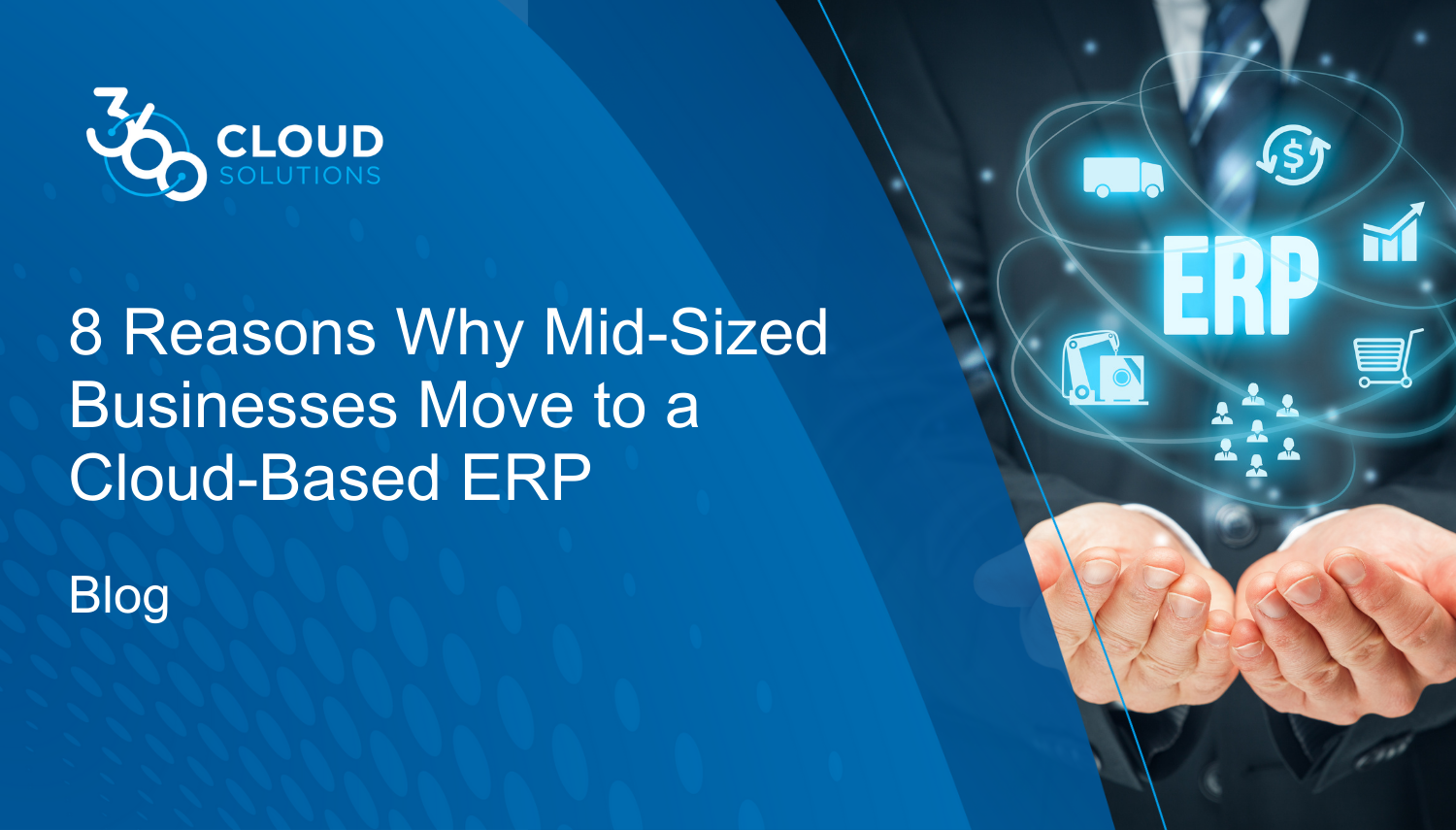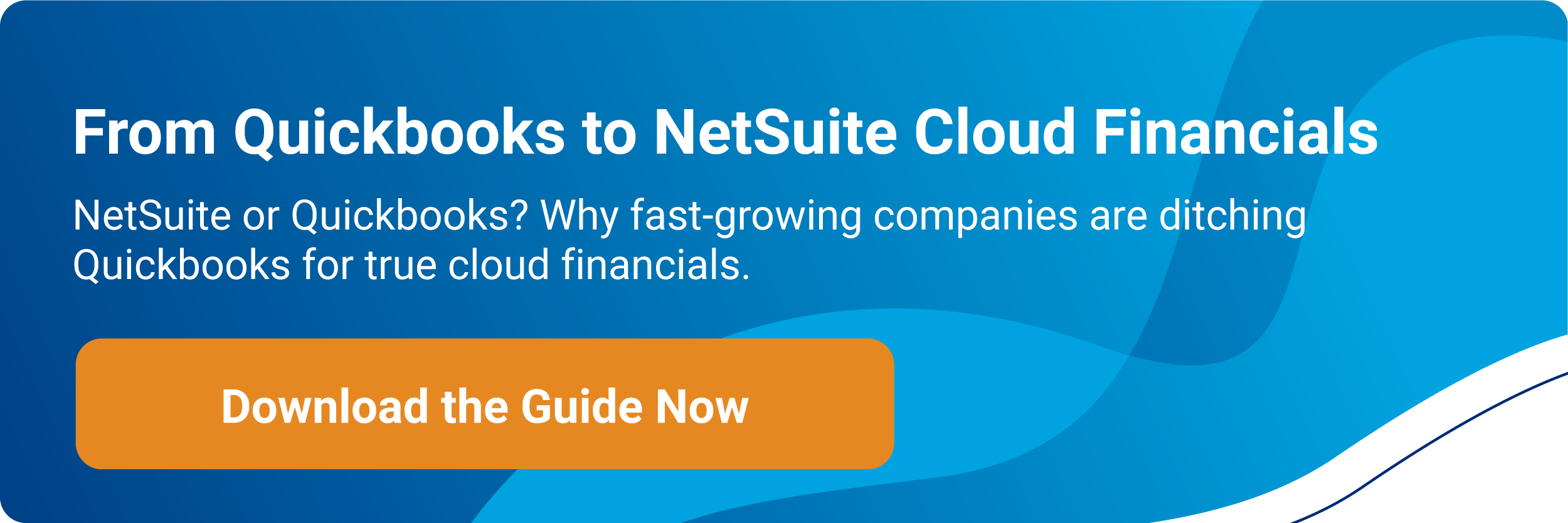
One day, long from now, people will refer to this “big shift to the cloud” as we refer to the existence of electricity. Both events represent enormous leaps that shifted leverage from the powerful to the (relatively) weak—or at least leveled the playing field a bit. In the case of electricity, it enabled the common man to become far less reliant on nature and served as the catalyst in the growth of an entirely new industry, some of those businesses becoming powerhouses simply based on the ubiquity of electricity.
Conversely, cloud infrastructure and applications allow small businesses (and individuals) access to what was previously available only to the large enterprise in the traditional, legacy environment. And, like electricity, I suppose, the foundation of the cloud—the internet—will one day be proven inefficient but highly entrenched in society and difficult to change.
For ubiquity-point to be reached, the benefits of the service must be great because there is surely some pain (and a cost) to get there. But make no mistake, dramatic and positive impacts are the reason mid-sized businesses move to cloud ERP systems.
As the sales-face for a cloud practice focused on business performance through the adoption, implementation, and configuration of cloud platforms and solutions, we’re privy to a front-row seat in watching this shift take place, one business at a time. Some business leaders are wide-eyed and curious whereas others are protective and skeptical. Not all become cloud converts, but those that do experience great change across their organizations and business ecosystems, including partners and customers.
Here are some of the biggest reasons mid-size businesses move to cloud ERP systems in lieu of on-premise or hosted solutions.
#1: Freedom from IT
Multi-tenant, cloud applications are developed, hosted, maintained, delivered, and upgraded by the software publisher. Data is secured and available only to those with access rights—think Amazon holding your credit card information and user preferences.
Simply put, in order to host what traditionally would require an extra full or part-time IT employee no longer demands that resource. Businesses are able to focus resources on business growth, not IT maintenance. Of course, IT resources are required otherwise across the business.
#2: Less Disruption
A hallmark of the traditional application infrastructure was the oft-overlooked “upgrade” process. The organization is outgrowing its ERP application or is version-locked into an old release. They gather a team to evaluate solutions, document requirements, meet all vendors, make a purchase, and introduce a team of consultants to configure the application. They keep some of the team around after to make interactive changes and customizations. Occasionally, integrations need maintenance. Three to five years later the customized solution is no longer supported by the vendor and now the vendor has the coolest new functionality that they need to be competitive.
Rinse, repeat.
If you are familiar with the process you know I’m being kind. And this cycle only describes a single on-premise application.
A benefit of a multi-tenant cloud platform like NetSuite is that upgrades happen continuously with little/no disruption to an environment. The annual subscription fee includes upgrades that happen a few times each year and cloud APIs are often able to exist without interruption after upgrades. Therefore, companies are able to realize their investment gains value and isn’t frozen within an outdated version.
#3: Cost/Value
With a single infrastructure to maintain, the software publisher (vendor) is able to devote more of their resources to application development, increasing the depth and breadth of their solution. In the past, vendors spent hours upon hours testing against countless configurations of server/database/operating system. Those resources are now focused on solution development on the single stack that they maintain and control.
#4: Platform vs. Application
This is a must during evaluation for any critical business solution whether ERP, CRM, e-commerce, or document management. A cloud platform approach means that you, the single business entity, are not at the mercy of the vendor to create functionality to address a specific business requirement. A cloud platform implies realized creativity.
NetSuite and Salesforce are two fantastic examples. Consider the out-of-the-box functionality as the baseline for where your application begins. NetSuite’s developers create their applications on the Suite Cloud platform. Salesforce developers create their applications on their development platform. In addition, there exists a community of developers creating applications for resale on the very same platform. And you, the customer, have access to the same platform to develop a custom application that sits on the NetSuite platform, which upgrades with the NetSuite upgrades and utilizes the same database that drives NetSuite.
#5: Simplified Integration
The API (Application Program Interface) in the cloud world, creates a data link between multiple cloud applications. These links are far more malleable and often can allow applications to access services from many providers without rewriting, meaning less effort to maintain.
And there are simply some cool things that cloud applications can do. Often, our customers are the drivers of this innovation, suggesting ideas that we bring to life in new and exciting ways.
One example is the Box-NetSuite API. It allows content (documents, contracts) to exist within the customer record in NetSuite. So if I’m a sales guy reading a contract, I can make a note on that contract or assign a task for my legal team, who also has access to the customer record in NetSuite. The legal team updates the contract having never left NetSuite or sent an email. The sales guy can then send the contract for signature directly from within Box using DocuSign or eSign having, again, never left Box (by way of NetSuite) or sent an email. Cool, right?
#6: Access to Data
Data accessibility creates opportunities for new point solutions that address requirements non-existent before the cloud. A financial example of new applications driven from data freedom is Adaptive Planning, which addresses a number of financial challenges including automated budgeting and planning, financial consolidation across entities and ERP systems, and business intelligence. Adaptive Insights, like Box, has a pre-built API with NetSuite and is a natural fit for organizations that need to simplify complex financial requirements and analysis needs.
#7: Mobility and BYOD
Combine a platform with a browser and the result is the ability to create your own mobile destiny regardless of which device you carry. Of course, there are limitations, like device capability, but the ability to access and utilize data anytime/anywhere is a game-changer. For example, 360 Cloud Solutions created an iPad application for a client to take real-time, mobile orders while at trade shows. It’s built on NetSuite’s platform and is skinned in its branding. All orders impact the GL in real-time and all data rolls up into reports in real-time.
#8: Security
Not many mid-sized businesses can create a Fortune 100 infrastructure that’s embedded with controls to track everything from visitor activity to physical activity at the data center. We also see our customers excited about centralizing content and information into a single platform to eliminate the security risks that come along with having an impossible number of hard drives and servers to manage and track, for which there are no regulatory controls in place.
In industries where an audit is a reality, controls and visibility equate to dollars quickly.




